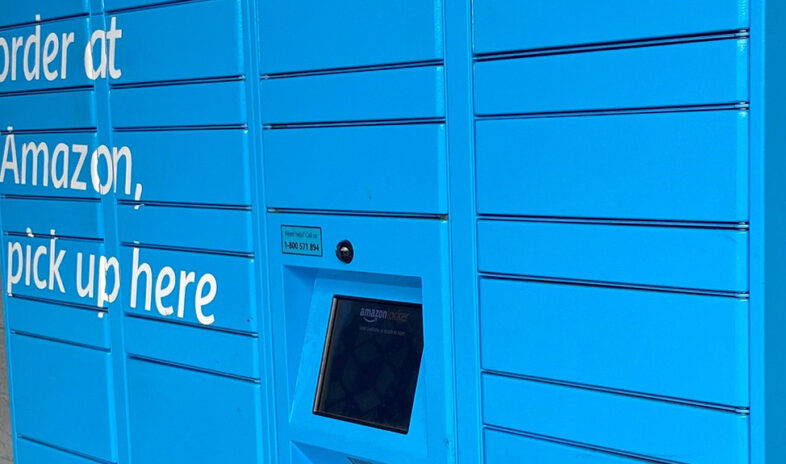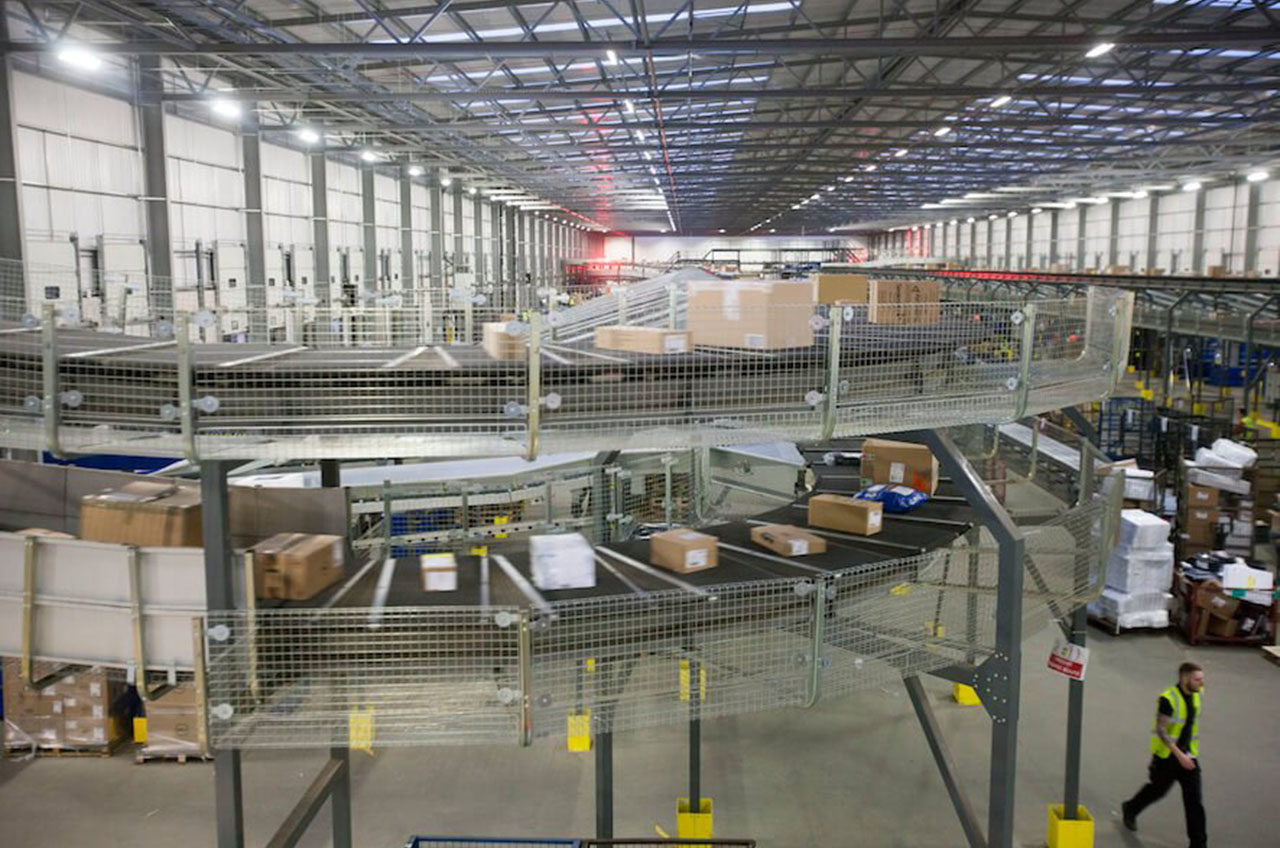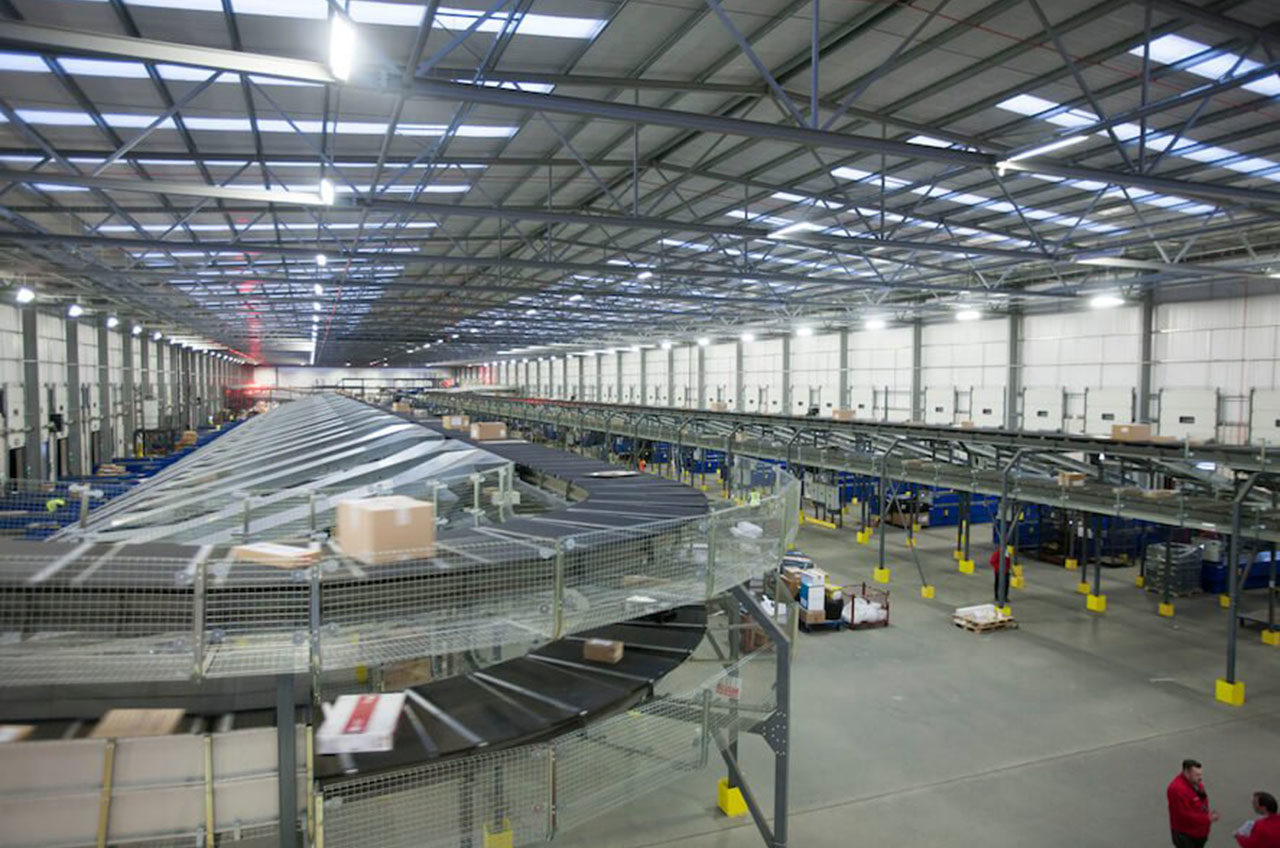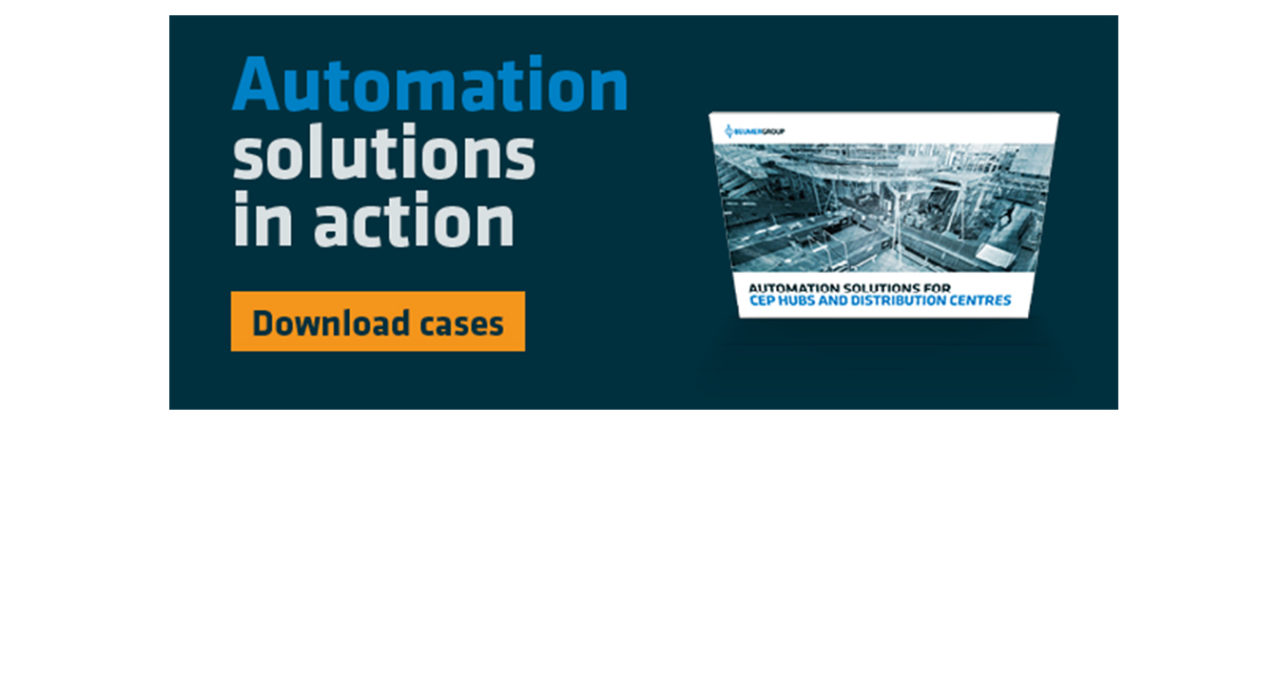By Brian Jones
From time to time, even companies that dominate an entire industry need to change their gameplan. It is the only way to stay on top.
UK Mail recognised that. For the British logistics giant changing their gameplan meant adopting a new approach to distribution centres. A new generation of distribution centre technology was needed.
For many years, the company has been a household name in UK logistics. But with e-commerce providing a dramatically rising number of parcels to be processed on a daily basis, UK Mail had to reinvent its tactics.
Today, UK Mail can show off a fully automated distribution hub, designed for future prosperity in an age of roaring e-commerce. In a hyper-competitive landscape, where next-day delivery is not just a luxury but a vital capacity, odd-sized parcels pop up everywhere and an increasing number of extremely busy shopping holidays set the tone online, it takes an extraordinary operation to process the enormous variety of parcel scenarios that distribution centres have to deal with.
UK Mail didn’t just need a new machine. They needed a new system. So they decided to go with automation. In this article, you can learn the fascinating story behind how they did it.







